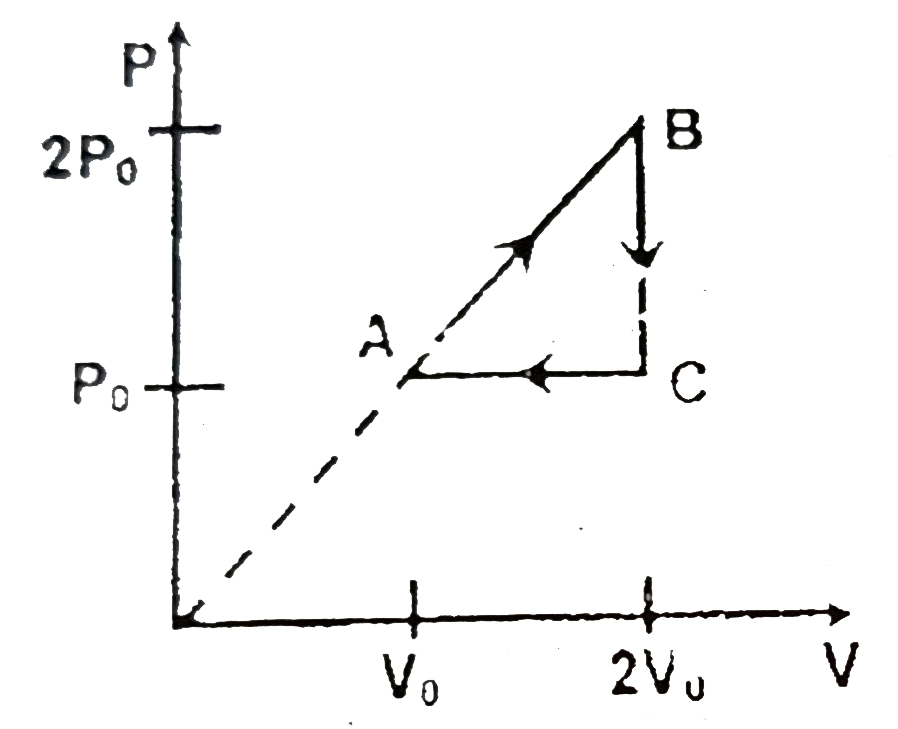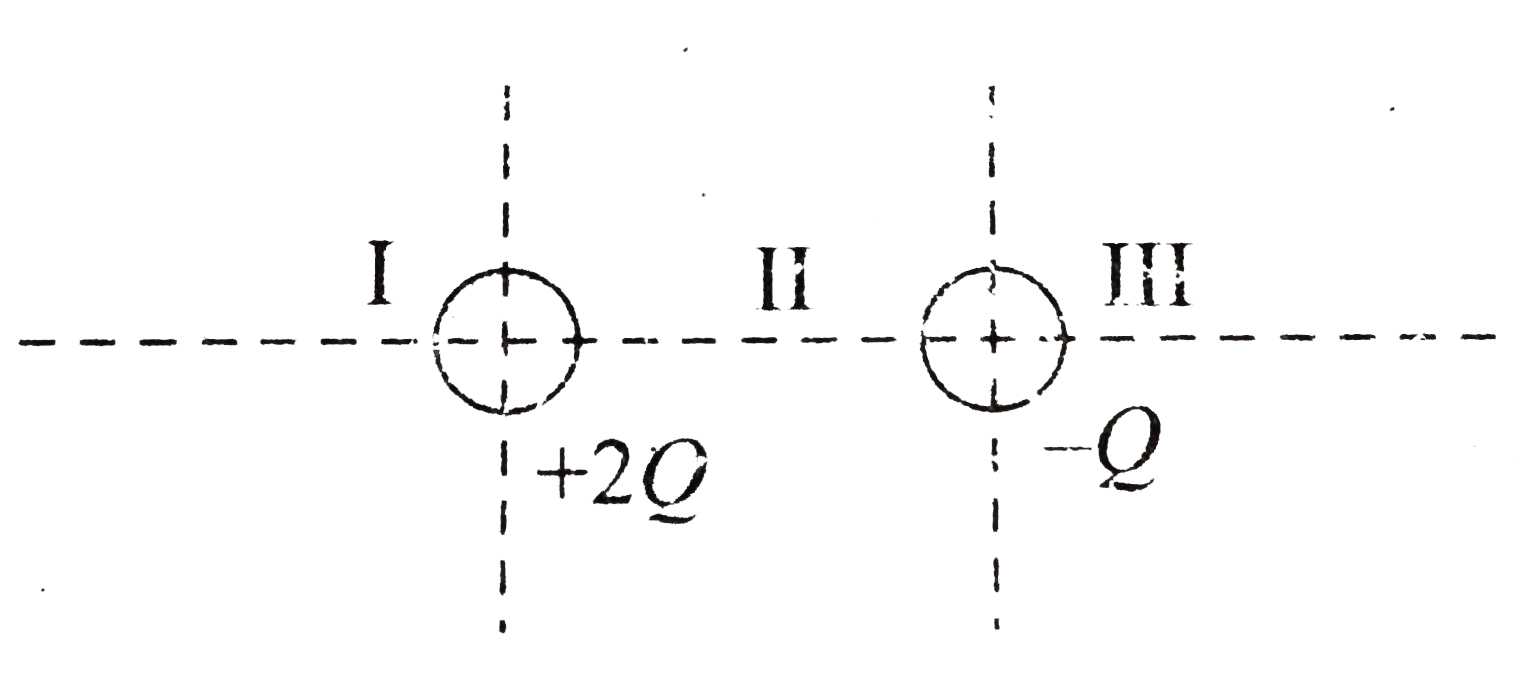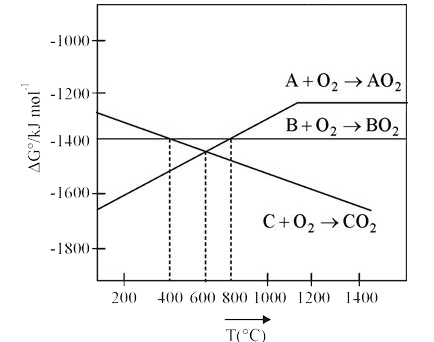Which of the following options is correct ?
Transfer of pollen grains from the anther to the stigma of the same flower - Autogamy
Transfer to pollen grains from the anther of one flower to the stigma of another flower of same plant-Geitonogamy
Trasfer of pollen grains from the anther to the stigma of a genetically different plant of same species-Xenogamy
All of these
The correct Answer is:D
To determine which of the options is correct regarding the types of pollination in flowering plants, we can analyze each option step by step:
1. Understanding Autogamy:
- Autogamy is defined as the transfer of pollen grains from the anther to the stigma of the same flower.
- This means that self-pollination occurs within the same flower.
- Examples: Common examples of autogamous plants include wheat, barley, oats, and rice.
2. Understanding Zetonogamy:
- Zetonogamy refers to the transfer of pollen grains from the anther of one flower to the stigma of another flower on the same plant.
- This type of pollination is also known as self-pollination but occurs between different flowers of the same plant.
- Example: Maize is a well-known example of zetonogamy.
3. Understanding Xenogamy:
- Xenogamy is the transfer of pollen grains from the anther to the stigma of genetically different plants of the same species.
- This type of pollination promotes genetic diversity as it involves different genetic backgrounds.
- Examples: Plants such as squash, onion, and broccoli exhibit xenogamy.
4. Analyzing the Options:
- After reviewing the definitions and examples of autogamy, zetonogamy, and xenogamy, we find that all three types of pollination are correctly described in the options.
- Therefore, the conclusion is that all statements regarding the types of pollination are correct.
5. Final Answer:
- The correct option is D, which states that all of the above types of pollination (autogamy, zetonogamy, and xenogamy) are correct.
- Autogamy is defined as the transfer of pollen grains from the anther to the stigma of the same flower.
- This means that self-pollination occurs within the same flower.
- Examples: Common examples of autogamous plants include wheat, barley, oats, and rice.
- Zetonogamy refers to the transfer of pollen grains from the anther of one flower to the stigma of another flower on the same plant.
- This type of pollination is also known as self-pollination but occurs between different flowers of the same plant.
- Example: Maize is a well-known example of zetonogamy.
- Xenogamy is the transfer of pollen grains from the anther to the stigma of genetically different plants of the same species.
- This type of pollination promotes genetic diversity as it involves different genetic backgrounds.
- Examples: Plants such as squash, onion, and broccoli exhibit xenogamy.
- After reviewing the definitions and examples of autogamy, zetonogamy, and xenogamy, we find that all three types of pollination are correctly described in the options.
- Therefore, the conclusion is that all statements regarding the types of pollination are correct.
- The correct option is D, which states that all of the above types of pollination (autogamy, zetonogamy, and xenogamy) are correct.
Topper's Solved these Questions
- SEXUAL REPRODUCTION IN FLOWERING PLANTSBook:NCERT FINGERTPS ENGLISHChapter:SEXUAL REPRODUCTION IN FLOWERING PLANTSExercise:HOTS
Explore 5 Videos
- SEXUAL REPRODUCTION IN FLOWERING PLANTSBook:NCERT FINGERTPS ENGLISHChapter:SEXUAL REPRODUCTION IN FLOWERING PLANTSExercise:NCERT
Explore 20 Videos
- REPRODUCTIVE HEALTHBook:NCERT FINGERTPS ENGLISHChapter:REPRODUCTIVE HEALTHExercise:Reproductive Health
Explore 133 Videos
- STRATEGIES FOR ENHANCEMENT IN FOOD PRODUCTIONBook:NCERT FINGERTPS ENGLISHChapter:STRATEGIES FOR ENHANCEMENT IN FOOD PRODUCTIONExercise:Strategies For Enhancement In Food Production
Explore 151 Videos
Similar Questions
A uniform rod of length l is applied upon by two forces at its either end as shown. Surface is smooth. Which of the following option is correct ?

View SolutionTwo conductors of equal volumes having non-uniform cross-section are joined as show in figure. The number density of free electrons is more in conductor 2. As current passes through the system. Which of the following option is correct ?

View SolutionWhich of the following option is correct ?
View Solution
Which of the following option is correct?
View SolutionWhich of the following option is correct ?

View SolutionAccording to the following diagram,which of the following option is correct ?

View SolutionIn the process shown below, which of the following option is correct ?

View SolutionThe figure shows two point charges 2Q(>0) and -Q. The charges divide the line joining them in three parts I, II, and III.
 Which of the following option is correct
Which of the following option is correct
View SolutionWhich of the following option is correct for cancer?
View SolutionAccording to the following diagram, which of the following option is correct?

View Solution

